The latest edition of the Global Container Port Performance Index (CPPI) highlights the exceptional performance of East and Southeast Asian ports in 2023, with these regions accounting for 13 of the top 20 positions. This development underscores the shifting dynamics in global maritime logistics and the critical role these ports play in international trade.
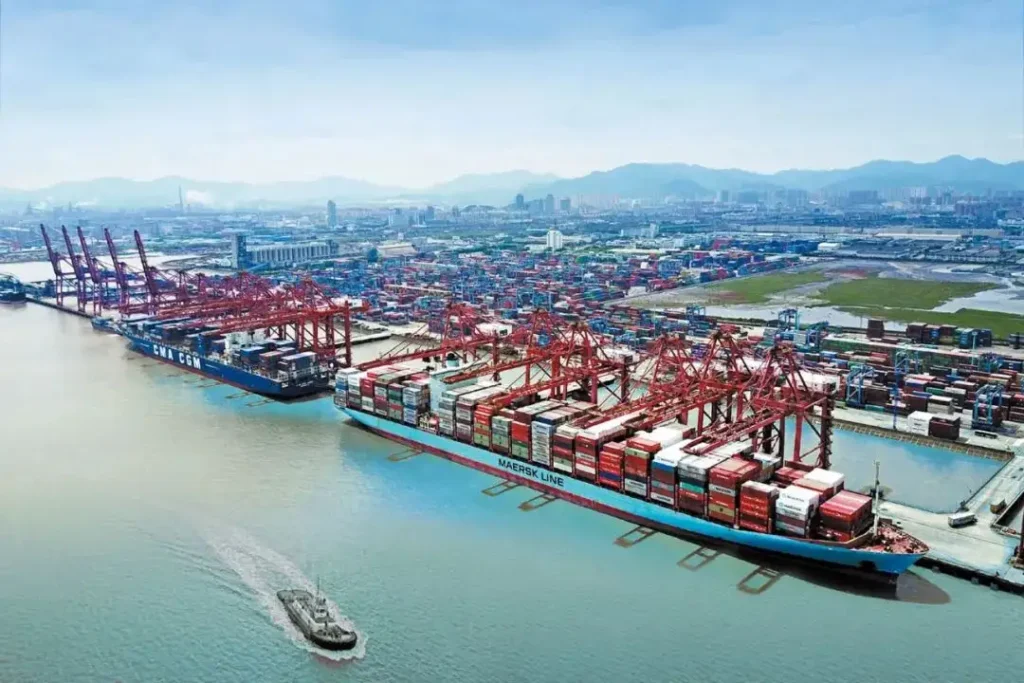
Table of Contents
Data and Methodology
The CPPI, developed by the World Bank in collaboration with S&P Global Market Intelligence, is now in its fourth edition. This year’s index is based on an unprecedented dataset comprising over 182,000 vessel calls, 238.2 million container moves, and approximately 381 million twenty-foot equivalent units (TEUs) for the entire calendar year of 2023. Given that over 80% of global merchandise trade is transported by sea, the efficiency, resilience, and overall performance of ports are vital to global markets and economic development (World Bank, 2023).
Impact of Regional Disruptions
According to the latest report, regional disruptions have had a significant impact on port performance worldwide. Although the challenges posed by the COVID-19 pandemic have lessened, the container shipping sector remains highly volatile and unpredictable. Martin Humphreys, Lead Transport Economist at the World Bank, emphasized the need for major ports to invest in resilience, new technology, and green infrastructure to ensure market stability and sustainability (World Bank, 2023).
Read More:
New Entrants and Notable Performers
The CPPI 2023 includes 57 new ports, such as Muuga Harbour in Estonia and Port of Al Duqm in Oman. Additionally, Visakhapatnam Port in India made a significant leap into the top 20. Despite its relatively lower ranking, Tanzania’s Dar es Salaam Port achieved a noteworthy reduction in ship arrival times by 57%.
“There is a greater awareness and focus on the resilience and efficiency of maritime gateways, and a better understanding of the negative impact of port delays on economic development,” said Turloch Mooney, Head of Port Intelligence & Analytics at S&P Global Market Intelligence. Mooney further elaborated on how poor port performance can extend beyond a port’s hinterland, disrupting entire schedules and increasing the cost of imports and exports, thereby reducing competitiveness and hindering economic growth (S&P Global Market Intelligence, 2023).
Top Performing Ports
China’s Yangshan Port secured the top spot for the second consecutive year. Oman’s Port of Salalah retained the second position, while Colombia’s Port of Cartagena climbed to third place. Morocco’s Tanger-Mediterranean stayed steady in fourth, and Malaysia’s Tanjung Pelepas rounded out the top five.
| Rank | Port Name | Country |
|---|---|---|
| 1 | Yangshan Port | China |
| 2 | Port of Salalah | Oman |
| 3 | Port of Cartagena | Colombia |
| 4 | Tanger-Mediterranean | Morocco |
| 5 | Tanjung Pelepas Port | Malaysia |
Read More:
Importance of CPPI
The CPPI ranks 405 global container ports by efficiency, focusing on the duration of port stays for container vessels. The primary aim of the index is to identify areas for improvement, benefiting multiple stakeholders across the global trading system and supply chains—from ports to shipping lines, national governments, and consumers (World Bank, 2023).
References
- World Bank. (2023). Container Port Performance Index 2023. Retrieved from World Bank Website
- S&P Global Market Intelligence. (2023). Port Performance and Analytics. Retrieved from S&P Global Website

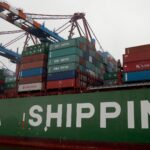


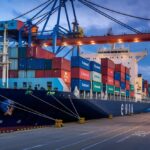
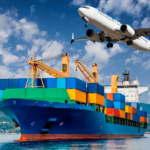
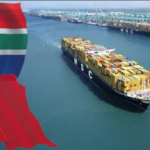



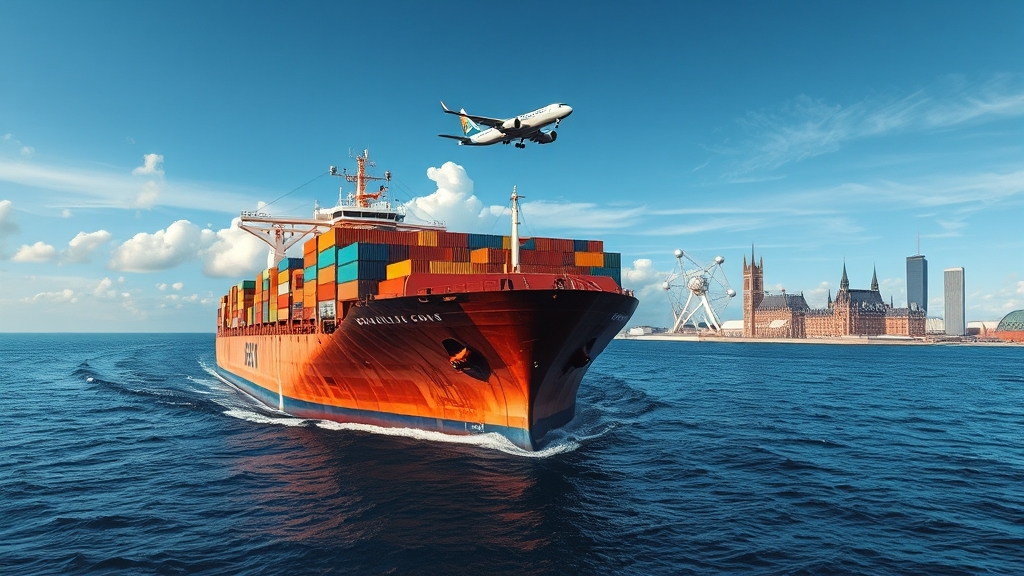
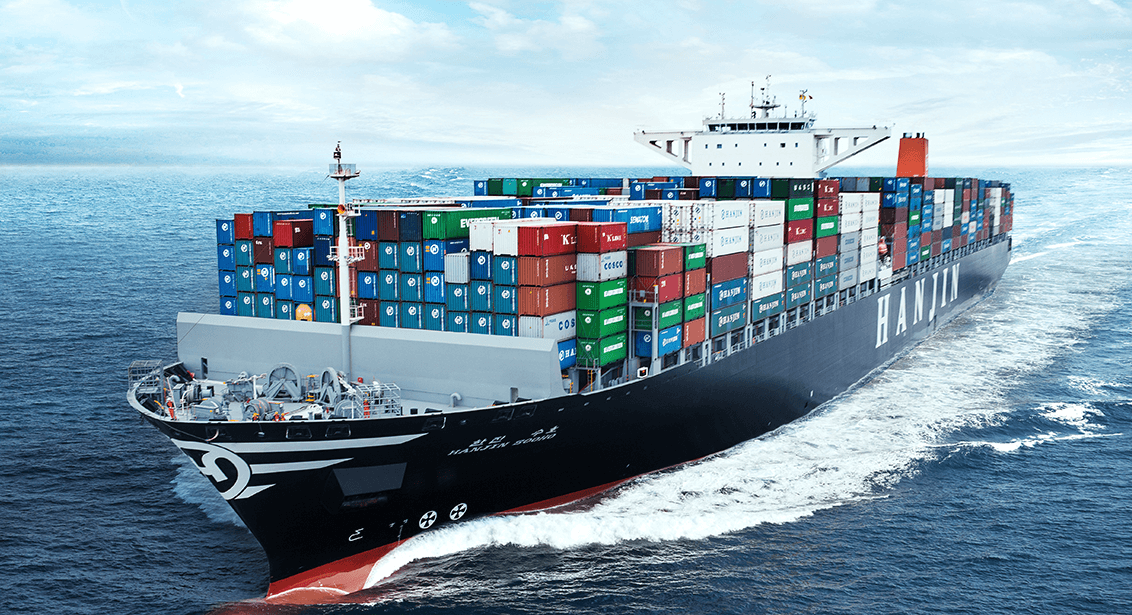
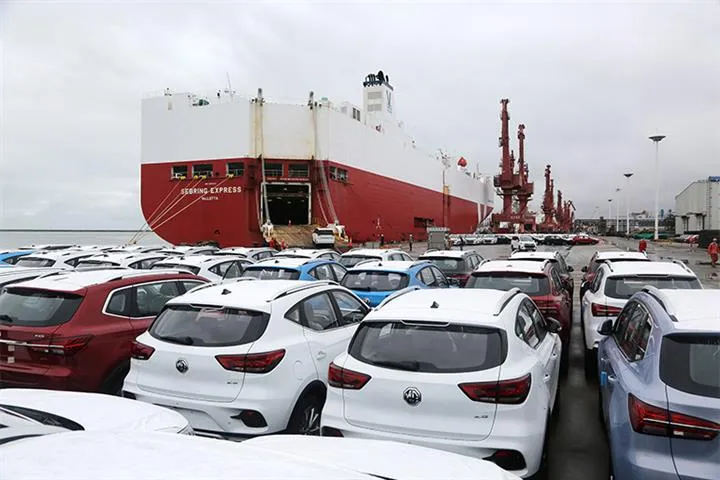

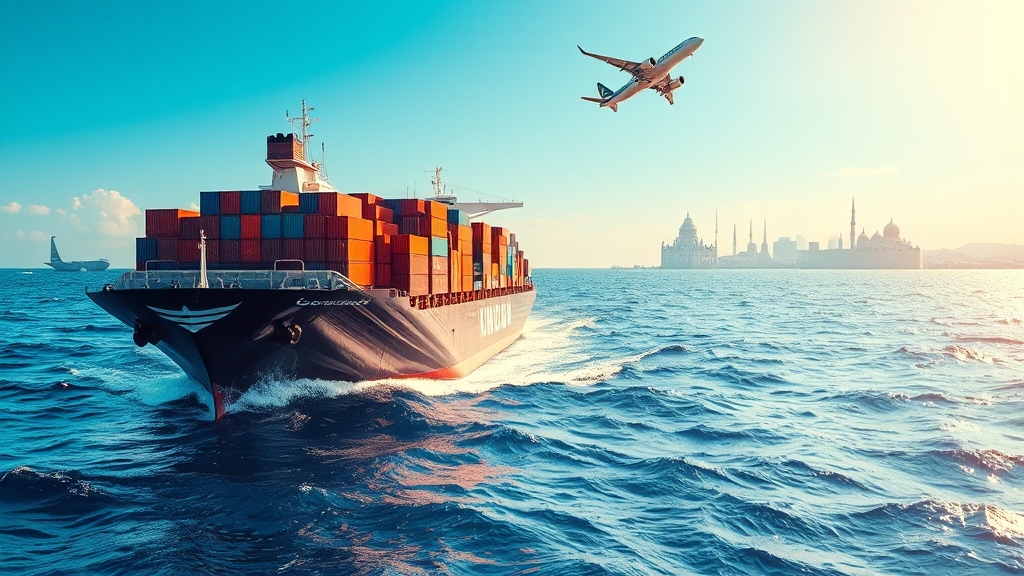





 Afrikaans
Afrikaans Shqip
Shqip አማርኛ
አማርኛ العربية
العربية Հայերեն
Հայերեն Azərbaycan dili
Azərbaycan dili Euskara
Euskara Беларуская мова
Беларуская мова বাংলা
বাংলা Bosanski
Bosanski Български
Български Català
Català Cebuano
Cebuano Chichewa
Chichewa 简体中文
简体中文 繁體中文
繁體中文 Corsu
Corsu Hrvatski
Hrvatski Čeština
Čeština Dansk
Dansk Nederlands
Nederlands English
English Esperanto
Esperanto Eesti
Eesti Filipino
Filipino Suomi
Suomi Français
Français Galego
Galego ქართული
ქართული Deutsch
Deutsch Ελληνικά
Ελληνικά Kreyol ayisyen
Kreyol ayisyen Harshen Hausa
Harshen Hausa Ōlelo Hawaiʻi
Ōlelo Hawaiʻi עִבְרִית
עִבְרִית हिन्दी
हिन्दी Hmong
Hmong Magyar
Magyar Íslenska
Íslenska Igbo
Igbo Bahasa Indonesia
Bahasa Indonesia Gaeilge
Gaeilge Italiano
Italiano 日本語
日本語 Basa Jawa
Basa Jawa ಕನ್ನಡ
ಕನ್ನಡ Қазақ тілі
Қазақ тілі ភាសាខ្មែរ
ភាសាខ្មែរ 한국어
한국어 كوردی
كوردی Кыргызча
Кыргызча ພາສາລາວ
ພາສາລາວ Latin
Latin Latviešu valoda
Latviešu valoda Lietuvių kalba
Lietuvių kalba Lëtzebuergesch
Lëtzebuergesch Македонски јазик
Македонски јазик Malagasy
Malagasy Bahasa Melayu
Bahasa Melayu മലയാളം
മലയാളം Maltese
Maltese Te Reo Māori
Te Reo Māori मराठी
मराठी Монгол
Монгол ဗမာစာ
ဗမာစာ नेपाली
नेपाली Norsk bokmål
Norsk bokmål پښتو
پښتو فارسی
فارسی Polski
Polski Português
Português ਪੰਜਾਬੀ
ਪੰਜਾਬੀ Română
Română Русский
Русский Samoan
Samoan Gàidhlig
Gàidhlig Српски језик
Српски језик Sesotho
Sesotho Shona
Shona سنڌي
سنڌي සිංහල
සිංහල Slovenčina
Slovenčina Slovenščina
Slovenščina Afsoomaali
Afsoomaali Español
Español Basa Sunda
Basa Sunda Kiswahili
Kiswahili Svenska
Svenska Тоҷикӣ
Тоҷикӣ தமிழ்
தமிழ் తెలుగు
తెలుగు ไทย
ไทย Türkçe
Türkçe Українська
Українська اردو
اردو O‘zbekcha
O‘zbekcha Tiếng Việt
Tiếng Việt Cymraeg
Cymraeg יידיש
יידיש Yorùbá
Yorùbá Zulu
Zulu